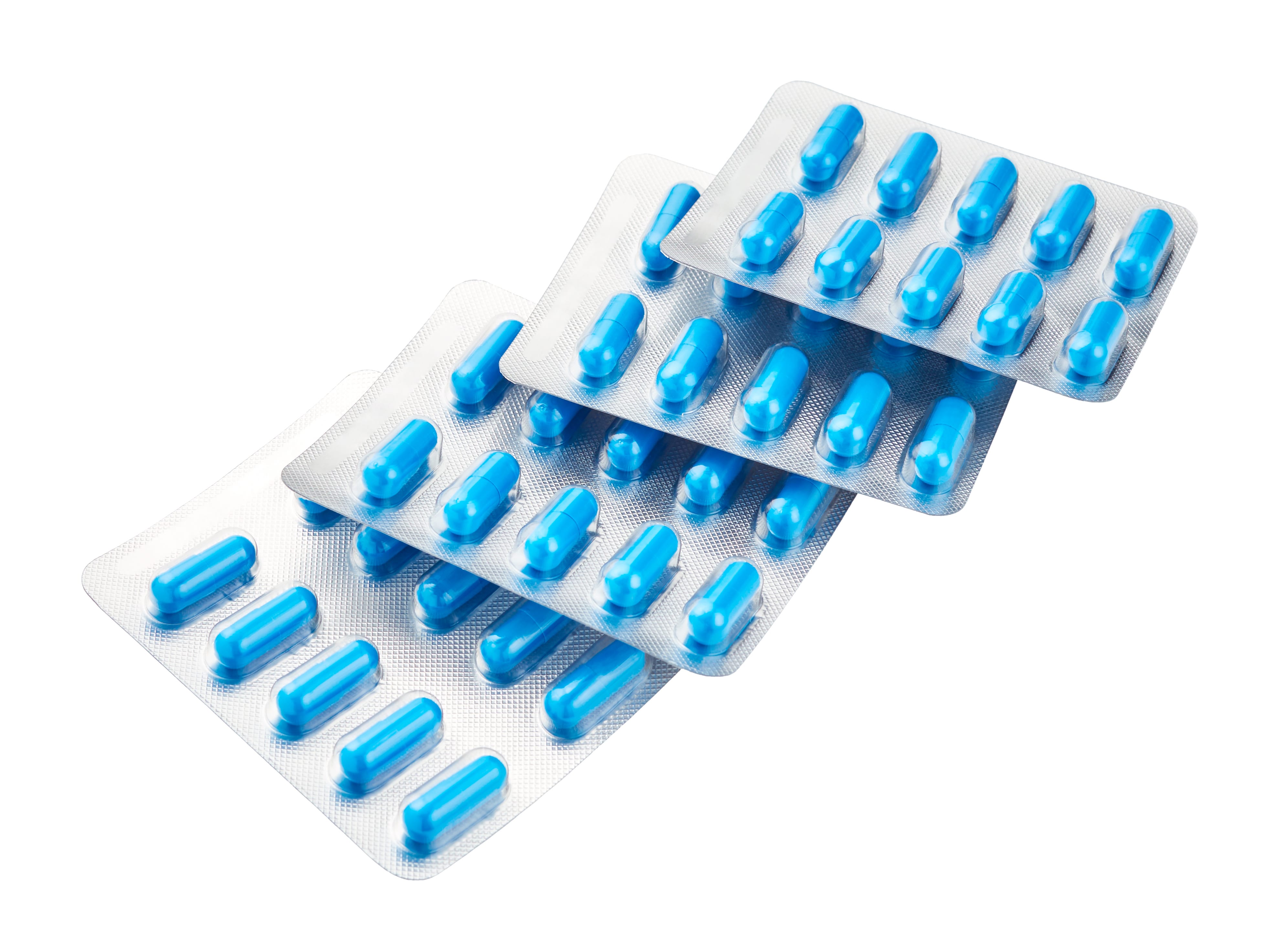There’s a reason people keep hearing the phrase blues drugs, and it has nothing to do with music or a pharmacy’s official prescription bottle. The term points to small, round pills stamped to look like 30-milligram oxycodone tablets. They’re usually light blue, sometimes marked with “M30,” and sold as if they’re legitimate painkillers. But in most cases they’re not. They’re counterfeit, laced with fentanyl, and they’ve become one of the most dangerous fixtures in the drug supply across the United States.
The power of these little tablets lies in how ordinary they look. They mimic a prescription people have seen before, a pill that might’ve been prescribed after surgery or for chronic pain. That sense of familiarity is the bait. The reality is much darker, because the dose someone expects isn’t the dose they’re getting. What looks like a regulated opioid may be a pill pressed in someone’s basement with no control over how much fentanyl is inside. And fentanyl is measured in micrograms, not milligrams. Just a few grains too much can shut down breathing within minutes.
Our programs even include Virtual IOP for those with busy schedules who want to join from their device if they cannot make it to our Dallas or Forth Worth locations offering outpatient treatment for mental health or substance use disorder for things like alcohol, opioids, prescription pills, benzos, and more.

The name blues drugs comes straight from appearance. They’re almost always light blue, which makes them look harmless, even generic. Dealers lean on that appearance because it makes them easier to sell. If you hold one in your hand, it looks nearly identical to an oxycodone tablet made by a pharmaceutical company. That’s the hook: the visual match tricks people into believing they’re safe or at least predictable.
The term stuck because it’s short and easy, but also because it travels fast. Someone looking for a pill that “takes the edge off” might hear about “blues” from a friend. That’s all it takes. The branding is built right into the look, and once a nickname like that spreads, it spreads everywhere.
Counterfeit pill production surged when fentanyl hit the market as the new backbone of the illicit opioid supply. Cartels realized it was cheaper, stronger, and easier to ship than heroin. From there, pressing fentanyl into tablets designed to look like oxycodone became the natural move. People who wouldn’t touch powder heroin might swallow a familiar-looking pill without hesitation.
The problem is consistency. One pill might contain a trace amount of fentanyl that doesn’t cause an overdose. The next pill in the same batch could be packed with a lethal dose. That Russian roulette effect is why overdoses tied to blues drugs have been climbing. It’s not about addiction alone, it’s about unpredictability.
Part of the danger comes from how invisible the risk is. A fake pill looks real. There’s no way to eyeball a difference. Crushing it, tasting it, holding it to the light—none of that will reveal what’s inside. Lab testing has shown that counterfeit “M30s” can contain two to five milligrams of fentanyl. Two milligrams is enough to stop breathing. That means every swallow is a gamble.
On top of fentanyl, pills can contain binding agents, powders, or other adulterants. There have even been cases of methamphetamine turning up in the mix. The crossover makes it even harder to predict how the body reacts. And when you’re looking at risks like that, even seasoned users may not recognize the early signs someone is using meth compared to an opioid. The lines blur, the dangers multiply.
Opioid pills aren’t the only ones caught up in counterfeit circulation. People searching for medications like Xanax and benzos have been burned by fakes too, sometimes finding fentanyl pressed into tablets designed to look like anti-anxiety medications. It shows how wide the counterfeit market stretches and how easy it is to get something other than what you thought you bought.
This matters because families may not realize that different counterfeit streams overlap. Someone might not even consider themselves an opioid user but still be at risk from a pill that looks like an everyday prescription. That’s what makes blues drugs so insidious. They erase the line between recreational and prescribed, between safe and lethal.
When people hear about counterfeit pills, the immediate reaction is fear. And while fear makes sense, it doesn’t always lead to solutions. The people using these pills are often chasing relief from pain, stress, or trauma. Condemnation doesn’t help. What makes a difference is compassion, education, and pathways to safer choices.
Some families turn to sober coaches, mentors who can walk with someone through the chaos of recovery and help keep them grounded. Others find strength in group programs, faith communities, or professional counseling. What matters is that people know they’re not alone and that recovery doesn’t have to mean white-knuckling it in isolation.
Even for families facing something specific, like supporting a loved one through benzo detox, the lessons carry over. Patience, care, and steady support create the kind of environment where healing becomes possible. That same foundation is essential when addressing opioid use and the risks tied to blues drugs.
No. Some legitimate medications are blue. But if a pill is sold on the street or online as an oxycodone “M30,” there’s a high chance it’s counterfeit and dangerous.